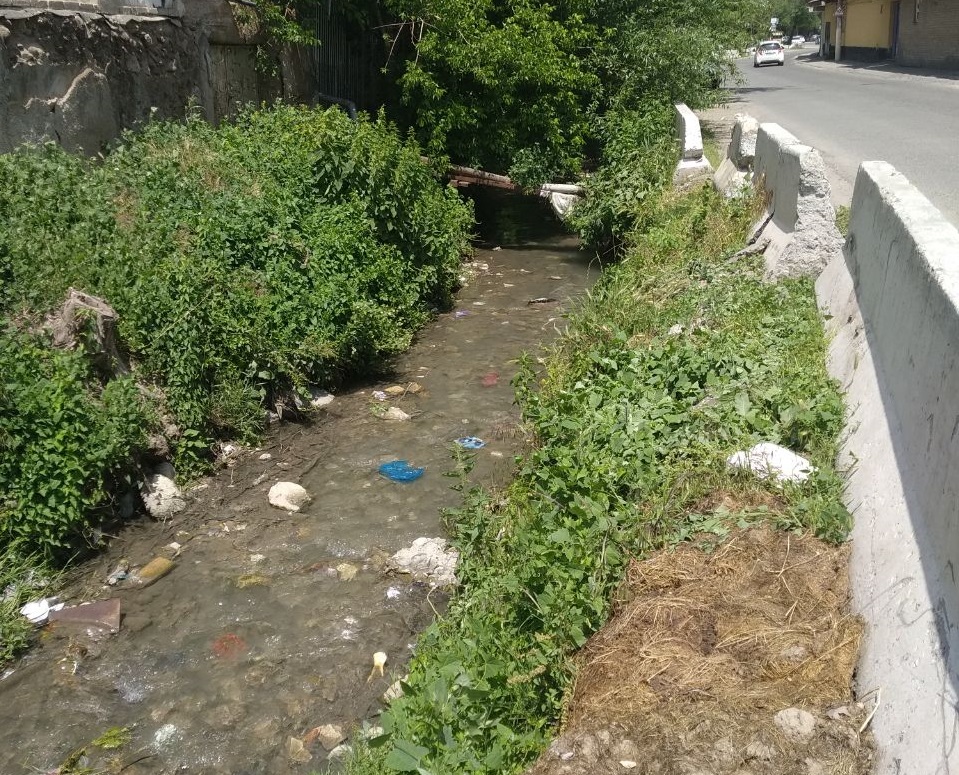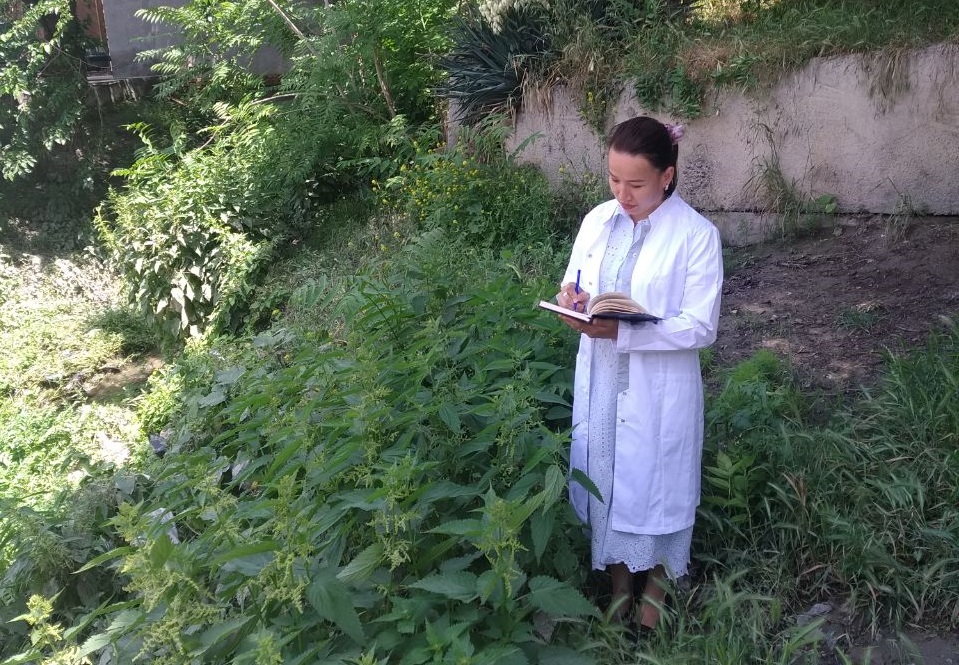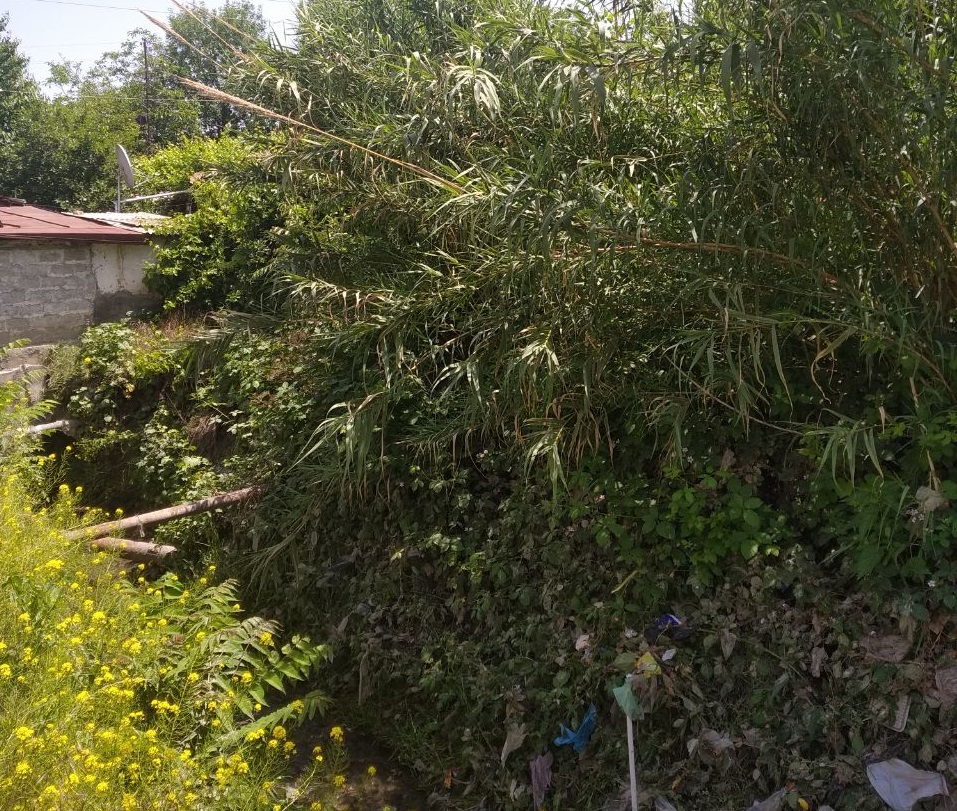Why was the former vodka factory in Samarkand built in the city center?

It is quite natural that this question will be of interest to many. Some categories of people are trying to link the construction of the plant with the political and ideological issues that took place in the past. But is it really so? We will focus on this below.
There are springs in Samarkand that have provided the population with drinking water for thousands of years. These are Chashmai Khizr, Tash-Yah-Yah-Chashma, Khoja-Daniil and others. The water regime, quality indicators, medicinal properties of more than a hundred large and small springs in the city are still not well understood. These include Tash-Yakh, Chashmai Khizr and Chashma springs. These are springs on the territory of the former vodka factory in Samarkand.
In the 70s of the 19th century, the search for a suitable territory for the construction of a vodka plant began in Samarkand, when the water from the springs flowing within the city was analyzed, it was found that the water from the Chashma ditch is the highest quality water, and the vodka plant planned for construction the plant was built in close proximity to the Chashma spring.
Master of the Faculty of Biology of Samarkand State University Shahlo Erdanova is conducting a scientific study on the topic “Taxonomy and ecological features of the flora of “Chashma” of the city of Samarkand”.
According to the chemical analyzes carried out by the researcher, the Chashma water is very soft, compared to other springs, the content of sulfate ions is low, the content of sodium and potassium is below the norm, and hard water is of high quality with the lowest residual content. This ditch, which for thousands of years provided the inhabitants of Samarkand with clean drinking water, boasts a world of more than 200 species of ornamental and medicinal plants. Until the 50s and 60s of the last century, Apricot water was drinkable. The bulk of the city's population consumed water from these ditches. At the beginning of our century, the level of water pollution in the Chashma ditch increased significantly. Today, the ditch is in a deplorable state. The water is not suitable for drinking, the surroundings of the arch are polluted with waste. This, in turn, will not remain without a negative impact on the ecology of the city and the flora of the Chashma canal. In this regard, an important task is a thorough analysis of the water quality of the canal, giving some well-known sources a special National architectural and construction appearance, determining their healing properties, turning them into tourist places where tourists come, watch and relax.
“In the course of the study, we also tried to study the quality indicators of the Chashma water,” says the researcher. “The total hardness of the water, according to the results of the analysis, was 12 mg / l. The maximum degree of total hardness of clean drinking water was set within 7-9 mg / l. also higher than that of clean drinking water in the Chashma ditch. That is, nitrates in drinking water should be up to 45 mg/l, in the Chashma ditch this figure is 75.1 mg/l. Such an analysis shows that the water from the Chashma canal is unsuitable for use and consumption as beach water.



Iroda Bekmurodova
Information service employee
Samarkand State University.
Photos taken by Shavkat Akramov.

